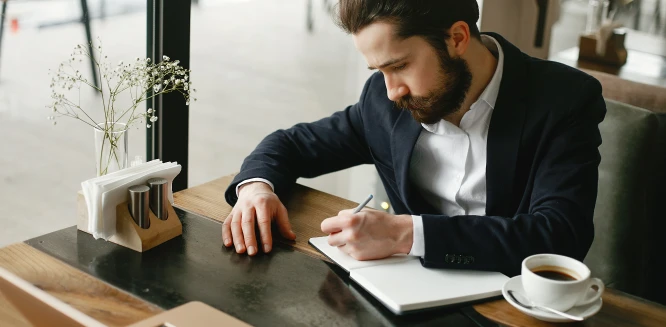


Unable to Decide a Designs or Colour or Service?
Book Free Consultation & Quote
Expert Assisted
Home Painting Service Provider - Interior Painting, Exterior Painting, Rental Painting, Texture, Stencil, Kids Decor, Wallpaper, Free Hand Art, False Ceiling, Deep Cleaning, Waterproofing Service Provider in Bangalore, Hyderabad, Mumbai, Pune, Delhi, Bhopal, Indore
Subscribe to our Newsletter
Knowledge
- Painting Tips
- पेंटिंग दुनिया
- Paint Brand & Products
- Do it Yourself (DIY)
Offices
Bangalore
- #26, Pavitra Paradise, JP Nagar 7th Phase, Bengaluru, Karnataka - 560076
Hyderabad
- #301, Ankitha Residency, Kondapur, Hyderabad, Telangana - 500084
Mumbai
- #8-A, Near Sanjog CHS, Mankhurd West, Mumbai, Maharashtra - 400043
Pune
- #102, Tranquility phase 2, Manjari Farm, Pune - 412307
Indore
- #32, 24 Bungalow, Scheme No 114, Indore, Madhya Pradesh - 452010

